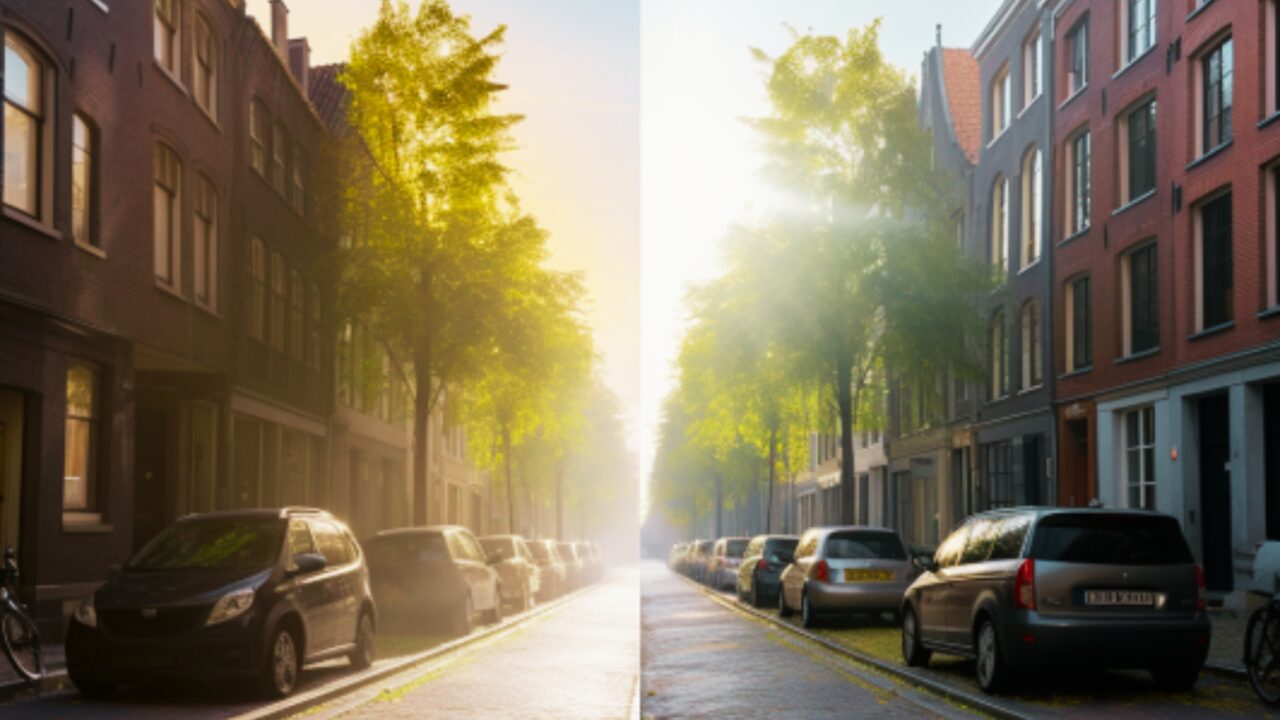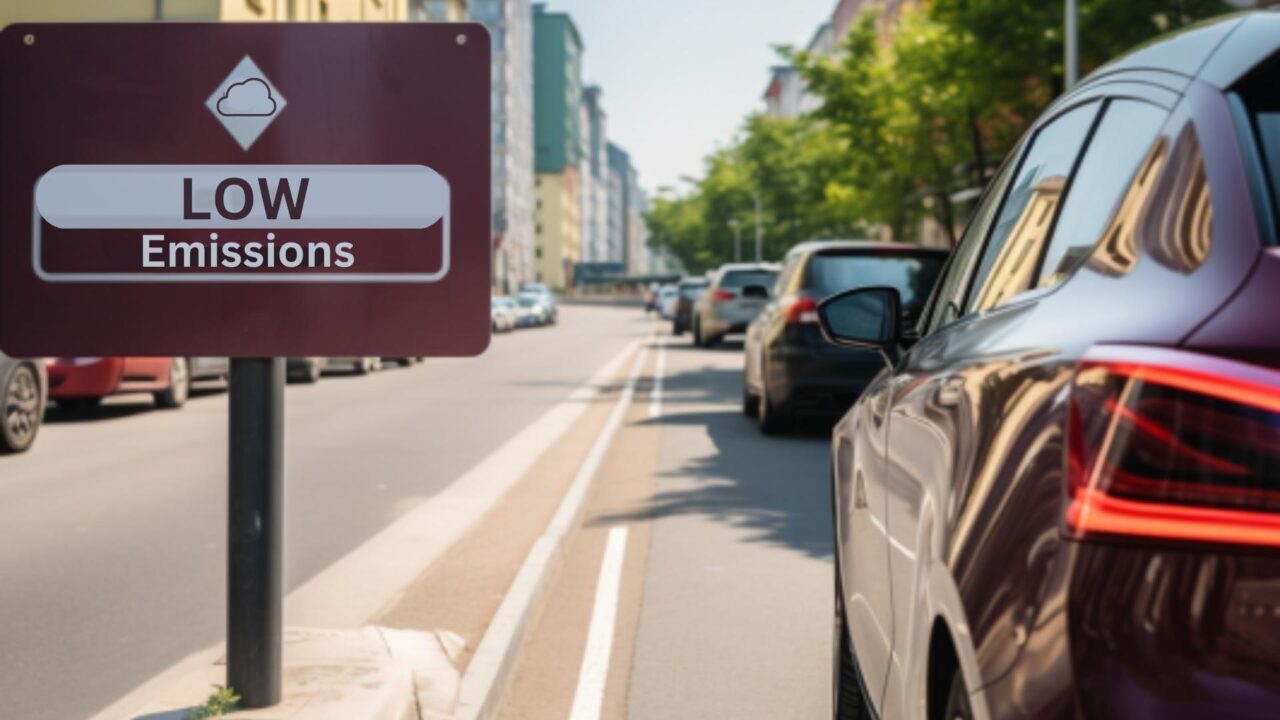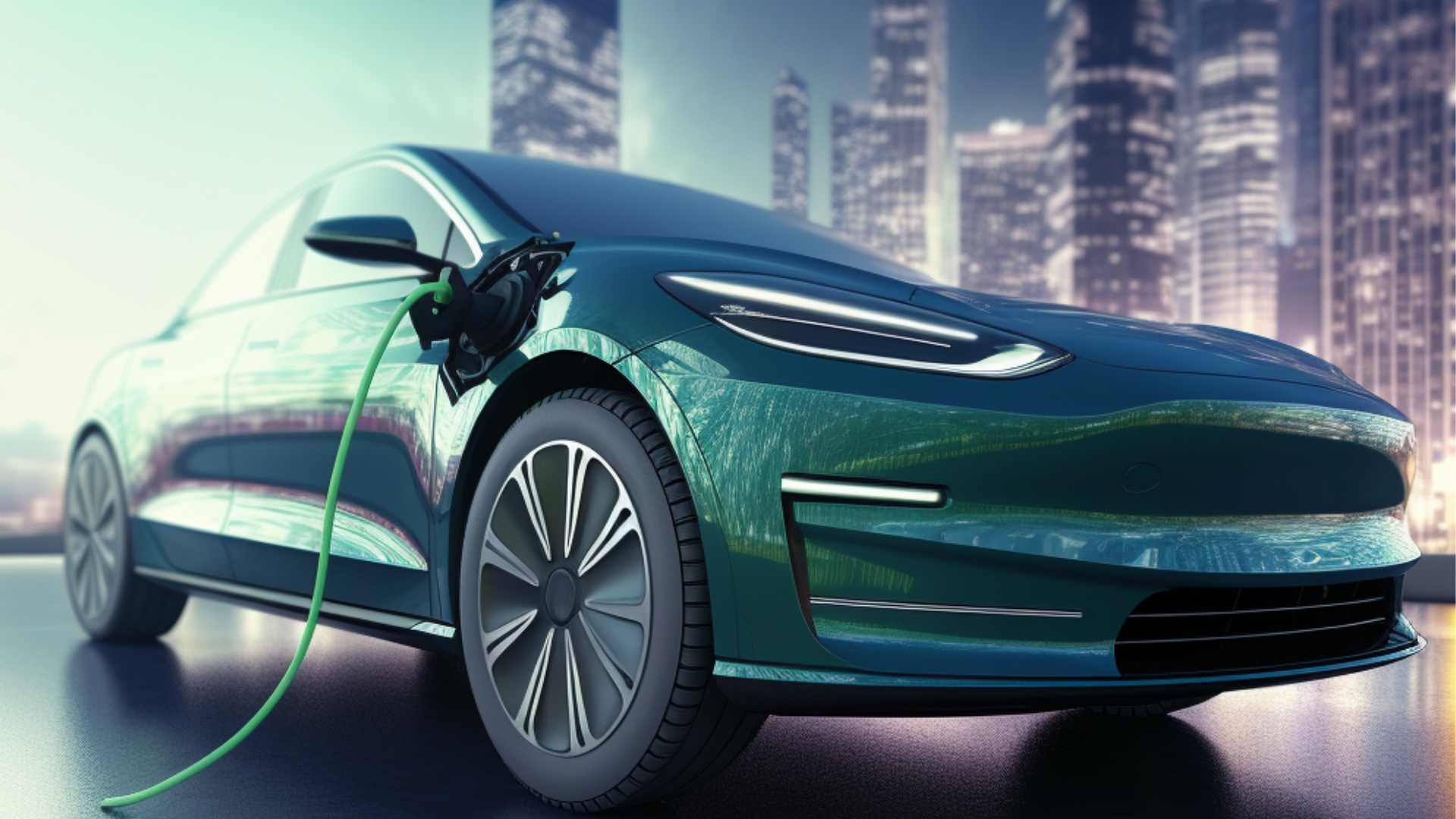A report from Imperial College London highlights the urgent need to reduce the harm caused by air pollution. Air pollution can lead to a range of health issues, including asthma, cancer and even dementia. Take responsibility and make changes to reduce your impact on the environment.
Air pollution is an issue that affects us all, from before birth to old age. Research from Imperial College London shows that particle pollution and nitrogen dioxide, which come from vehicle exhausts, are particularly harmful and can cause a range of health problems.
How air pollution can harm
It’s not just about the number of premature deaths that air pollution causes, the wider impacts add to the burden of chronic diseases. This can affect our quality of life and have large costs for society from additional health and social care needs. It also impacts our ability to learn, work, and contribute to society.
Exposure to air pollution was shown to cause low sperm count, harm foetal development, cause low birth weight and miscarriages during pregnancy. In childhood, it can cause asthma and stunt lung growth, and could also affect mental health, blood pressure and cognitive abilities.
In adulthood, the effects of air pollution make early death from cancer, strokes and chronic illness more likely and can also affect mental health and dementia.

From the government’s consultation on the Air Quality Strategy, Public Health England’s estimates from 2018 suggest that air pollution causes up to 43,000 deaths per year in the UK, with potential costs of up to £18 billion by 2035 if preventative measures are not taken.
Are low-emission zones the answer?
There are generally two types of clean air zones, one being a charging model where fees are paid by certain vehicles entering the zone and non-charging clean air zones, where efforts are made to improve air quality without fees. So improved traffic flow and public transport are developed, with initiatives to encourage cycling and walking.
Londons ULEZ
London’s Ultra Low Emission Zone (ULEZ) is a fee scheme designed to reduce pollution levels across the city by charging drivers of high-polluting vehicles that do not meet minimum emissions standards.
When buying a car to drive in the London ultra-low emission zone, it’s important to choose a vehicle that meets the criteria of a Euro 6 diesel (i.e. sold from 2015 onwards) or a Euro 4 petrol (i.e. sold from 2005.) You can check the Transport for London website for further details before making your purchase.

The scheme was introduced in 2019 and currently, drivers are charged £12.50 per day to enter the ULEZ area within London’s North and South Circular roads. However, Mayor Sadiq Khan plans to expand the scheme to cover all of London’s boroughs from August this year.
It means that drivers of high-polluting vehicles will need to pay the daily charge to enter the expanded area, while zero-emission vehicles, such as electric cars, will remain exempt from the charge.
The expansion will also encourage the use of other cleaner forms of transport, such as cycling and public transport, and will help to create a healthier environment for all Londoners.
A recent report has shown that the ULEZ has had a significant impact. The report indicates that it has resulted in a 26% reduction in pollution emissions within the expanded area and in central London by almost 50%. In inner London, pollution levels have decreased by 21% since the scheme was introduced.
Any revenue raised from the ULEZ expansion will be invested back into public transport for London, which is much needed in the outer boroughs.
Other UK areas
Low Emission Zones can be found in other areas such as Brighton, Birmingham, Bristol, Bath, Bradford, Portsmouth, Tyneside, Norwich, Nottingham, Oxford, Sheffield, Aberdeen, Dundee, Edinburgh, and Glasgow.
Additionally, discussions are underway in several other towns and cities such as Manchester and Blackpool, to look at introducing them in the future.
However, Derby, Leeds, Liverpool and Nottingham have all currently decided against imposing clean air zones in their cities in favour of other methods.

For further information about the clean air zones and the vehicles, you can find further information at the government’s website on the clean air zones page where you can enter your car details and it will notify you if you will be charged for driving in certain areas of the country.
Ways to a better future
It’s time for policymakers, businesses, and individuals to take responsibility and make changes to reduce their impact on the environment. We need to start thinking about the kind of world we want to live in and what kind of legacy we want to leave for future generations.

We can all make a difference by making small changes in our daily lives, such as using public transport, cycling or walking instead of driving, or even just reducing our energy consumption at home.
Ultimately, the question is not just about how we can improve air quality, but how we can create a more sustainable and equitable society. Let’s start thinking about the bigger picture and taking action to create a better future for generations to come.

2 thoughts on “Air Pollution & Low Emissions Zones”
Comments are closed.